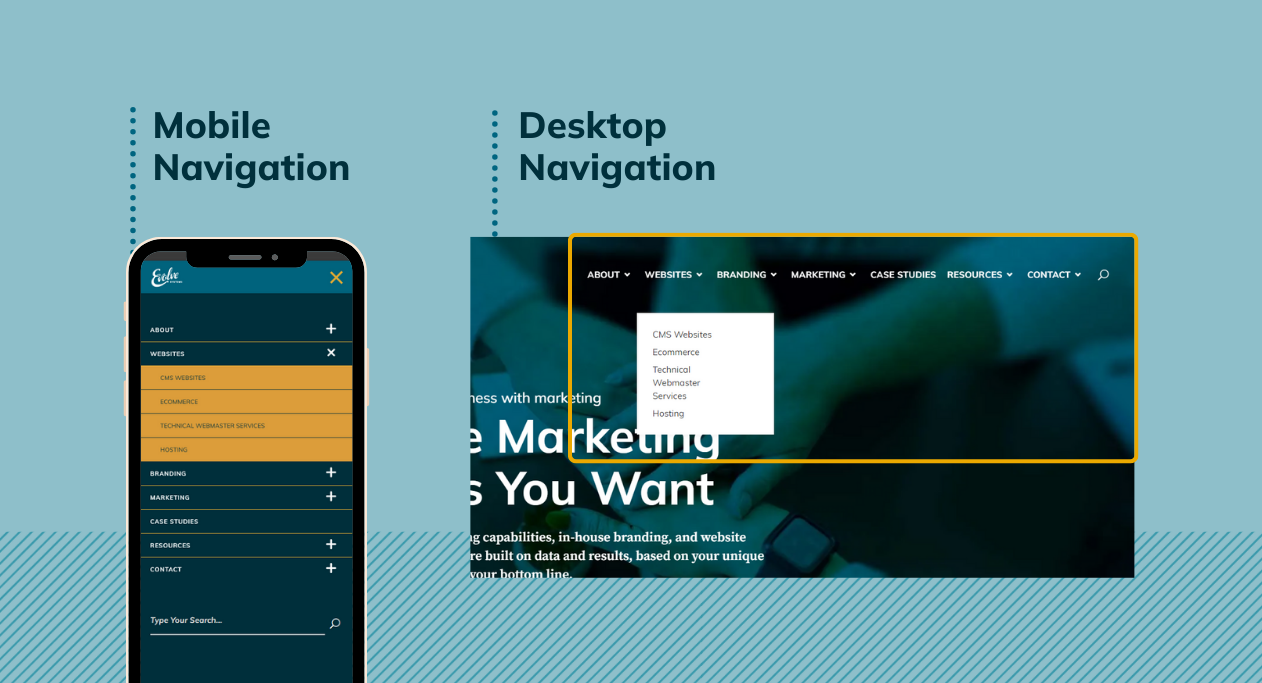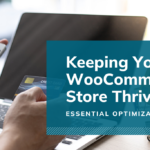Navigating Success: The Importance of Website Navigation for User Experience and SEO
Like the first chapter of a book or the opening scene of a movie, a person’s first impression of your website sets the tone for everything that comes next. In the digital age, your website is often the first point of contact for your business. Whether they decide to stick around or move on all depends on the user experience you deliver from the moment they land on your website.
The experiences of users who visit your website may differ depending on the page they land on, the type of device they are using, and the reason (intent) why they navigated to your site in the first place. However, the one common element every user looks at and interacts with is the website navigation.
What is a Website Navigation & Why is it Important?
The website’s navigation helps users find what they are looking for on your website. On a desktop computer or laptop, the navigation typically stretches across the top of your screen. For mobile devices, the navigation appears as a collapsed “hamburger” menu.

At the root of it, the website navigation displays how your products and services are organized throughout your website. Consider it a map that directs people where to go. Sounds simple right? Well, not exactly. Let’s dive into what it takes to create a sitemap that checks all the right boxes.
Sitemap Navigation Best Practices
A good website navigation starts with creating a sitemap for your website. This step involves mapping out how you want to structure the different pages of your website. This “map” will inform how you structure your website navigation.
The details of your sitemap and resulting navigation structure all depend on how many pages you need on your site. For example, a small graphic design company will have a less robust website and sitemap than a company that offers hydraulic repair services and sells 1,000+ products online.
There are several factors to consider as you plan the sitemap navigation layout for your website. Each plays a critical role in how visitors will interact with your site, affecting everything from overall user experience to your conversion success rate. Implementing the website navigation best practices below will help ensure your website starts off with a strong foundation.
User Experience: The Heart of a Website’s Success
An intuitive website navigation structure ensures visitors can easily find what they’re looking for without unnecessary hurdles. Creating a user-friendly navigation path keeps visitors engaged and encourages them to explore your website further.
Poorly structured website navigation, on the other hand, causes confusion. As a result, people “give up” on their search and leave the website feeling frustrated. That frustration harms your business’s credibility and reputation and contributes to higher “bounce rates,” which can negatively affect your search engine performance.
Focusing on providing a positive user experience not only benefits visitors but also contributes to the success of your business and website.
Accessibility: Structure Your Website Navigation for All Users
Visitors with varying levels of technological proficiency and on different devices should be able to navigate your site easily. A responsive and user-friendly navigation layout ensures that your website is accessible to users desktops, laptops, tablets, and smartphones, providing a consistent and seamless experience on any device.
Search Engine Optimization (SEO): Helping Your Website Show Up
A properly structured navigation makes it easier for search engine crawlers to index your site, ensuring that relevant pages are appropriately ranked in search results. The higher the page ranking, the more likely it is for someone to come across your website when searching for a relevant product or service.
Content Discoverability: Creating An Easy Path for Customers
Remember how we said people will leave your site if they struggle to find information fast? Thoughtfully laying out your website navigation helps showcase content effectively. Whether you have a blog, an e-commerce platform, or a portfolio, users should be able to discover and access the content they’re looking for effortlessly. Logical categorization and well-labeled navigation menus guide visitors to specific pages, promoting content discoverability and maximizing the chances of conversion.
Conversion Rate Optimization: Turn Casual Browsing into Action
For businesses, the ultimate goal is often conversion—whether it’s making a sale, generating leads, or getting users to sign up for a course or newsletter. An intuitive website navigation simplifies the conversion funnel and increases the likelihood that visitors will follow the desired steps to a final action, ultimately contributing to higher conversion rates.
Branding: Consistency Is the Key to Credibility
Consistency is key to building a strong brand presence for your business. From the color scheme to the language used in labeling menu items, a cohesive navigation design reflects professionalism and attention to detail, helping to further establish credibility and enhance your overall brand image.
Understanding the importance of website navigation and prioritizing a user-centric structure helps you create a seamless and enjoyable experience for your visitors, ensuring they not only find what they need but also stay engaged and return for more.
Reach out to our team to learn more about our website development services and strategy-focused digital marketing solutions.









